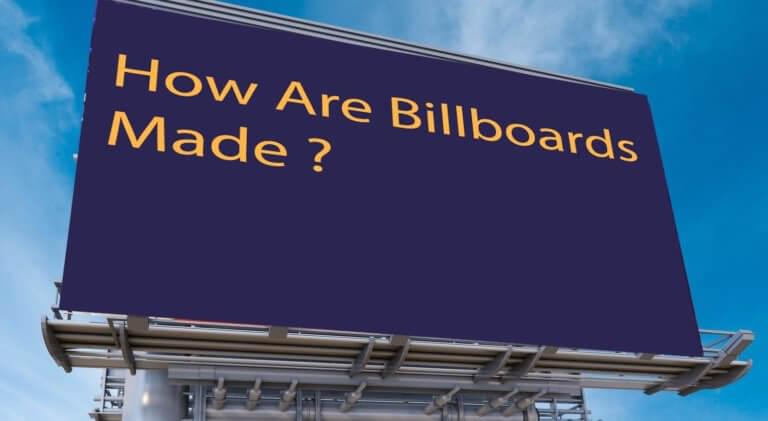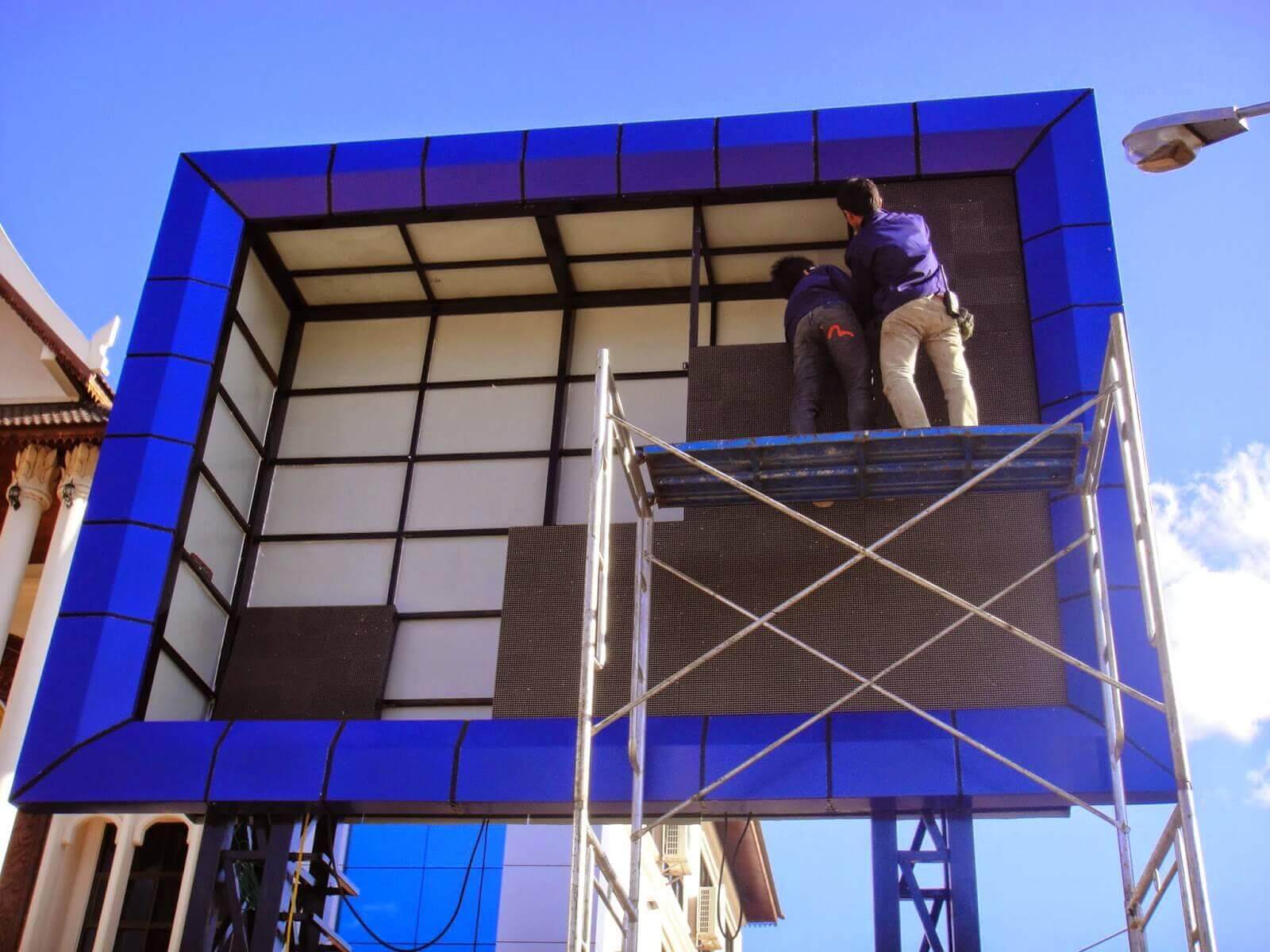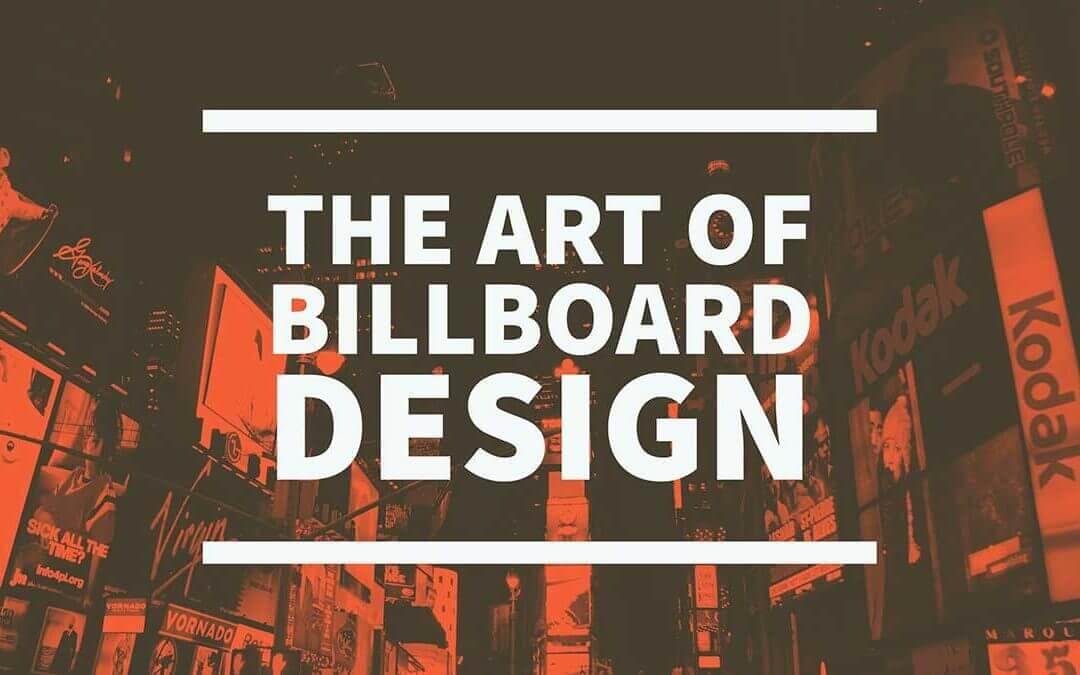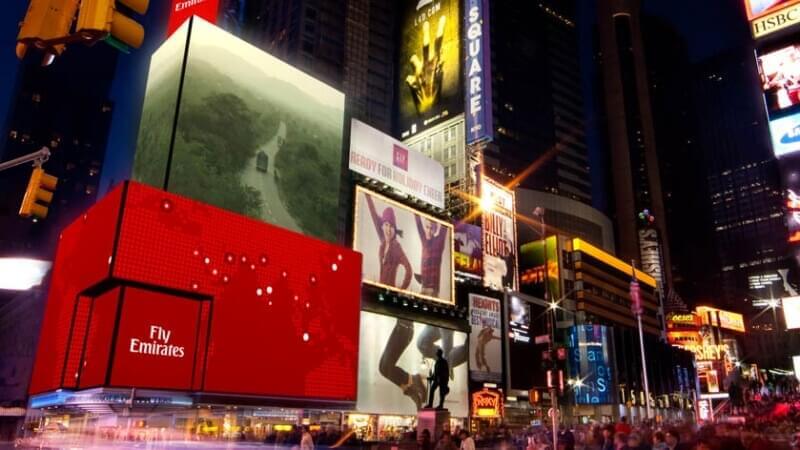

Design of Billboards
Before digging deep into the structure and design of billboards, let’s talk about how billboards came into existence. Billboards were probably first used to convey a message to the majority of individuals who were illiterate in this field. The oldest known billboard ad was posted in the Egyptian city of Thebes over 3,000 years ago and offered a reward for a runaway slave. The 1950s gave rise to the hand-painted billboard. Billboards were extensively used in China to promote Red Army politics. With the advent of digital technology, hand-painted boards have been replaced by computer-painted outdoor advertising formats. Outdoor companies offered a diverse range of advertising format including bus shelters, transit and kiosks, airport advertising, mall displays, and taxis.
Let’s move on to the main course of our blog which is about the design, material and structure used for billboards.
How to design a Billboard?
Start with a great message. Great outdoor art is focused and concise but it also clearly says something about your business through the words and graphics that will get customers to engage with your product or service. Billboard design depends on factors such as the location of the sign, the advertising budget and the type of product being promoted. The industry uses market research firms to aid in the design process. These firms supply detailed information on the number of people in vehicles in different metropolitan regions. They can estimate the frequency and amount of exposures the advertising will have upon its target audience. Using data generated by Global Positioning Systems (GPS), billboard location data can be merged with other geographic and demographic business information to create customized marketing solutions for outdoor advertisers. Computerized data analysis is available that incorporates census data, traffic origins, travel patterns, trading zones, competitor locations, and other key facts to help optimize the use and location of billboards.
Components
Large billboards have three main components: steel used to construct and support the frame, artwork that conveys the advertising message, and electrical equipment for lighting and other special effects.
Steel structure
Modern billboards are supported by steel poles ranging from 91.4-183 cm in diameter and up to 30.5 m tall. At the top of the mounting pole is a frame constructed from steel I-beams. This frame supports the lighting equipment and artwork.
Artwork
The artwork is affixed to the facing of the steel. The art is affixed on paper or vinyl sheets that are pasted onto the facing, or in some cases, the painting is painted directly onto plywood or canvas facing.
Electrical systems
Most of the billboards are electrically lit and therefore require appropriate lighting and power systems. While many billboards are located in major metropolitan areas, others are found in remote areas. In both cases, it is very impractical to have to travel to each sign every night to turn on the lights. Therefore, automatic switches have been developed to turn on the lights at specified times.
The material used for Billboards
There are numerous materials used for advertising of which some are highlighted here for information. The selection of the advertising material depends on your choice, and a cost-effective article provides lasting benefits to your organization. PVC and Cloth banners are also used extensively for promoting your products. Banners installed at vantage points and focal points with high traffic density elicit high response rates from the viewers.
Screen printed fabric material and surfaces have a long-lasting nature which is extremely cost-effective. They can also be made available with fluorescent inks that are visible even during nights. These materials perform their task round the clock without having to depend on any external.
Outdoor billboards made of wood or plastic sheets are useful to advertise which are visible from a distance prominently. They can be illuminated to perform even during nights with the help of electrical systems installed which we have already discussed.
Structure Of Billboards

We’ve all had different subjects in high school, and one of them was Biology, in which we learned about parts of the body, and we can probably name some of the parts of a body. However, the question is can you call the components of a billboard, and what they do?
Here are some parts of the billboards that are categorized under the structure of a billboard.
Column
This is the huge metal tube that holds the sign up in the air. It is one of the most substantial components of the structure and takes the brunt of the wind load in weather events. The steel monopole got its start from the Alaskan Oil Pipeline – there was so much steel tubing produced that some of it ended up in the billboard industry as a new component to replace I-Beams and wooden poles.
Plate
The plate is the steel square that’s welded to the top of the column, on which the head of the sign is attached. The plate contains a large number of holes in it – usually about 12 of them – in which the head of the sign is bolted to the column with large bolts that are about 10″ long.
Torsion Bar
The Torsion is the big horizontal tube that mounts perpendicular to the column, creating a “T” appearance. It has a matching plate with a mirror-image bolt pattern to safely bolt to the column. The piece that holds the plate to the torsion bar is called the “saddle”. The torsion bar is usually the second most substantial part of a billboard.
Outriggers
These are the steel I-beams that run perpendicular to the torsion bar and create the angle of the two sides of the sign, also known as the “V”. In a back to back sign, the outriggers are all identical in length. In a “V” sign, the outriggers are in descending length, with the longest outrigger being at the part of the torsion bar farthest from the highway.
Uprights
These are the steel I-beams that attach to the outriggers and are vertical in orientation. These are what hold up the advertisements on the sign. They are all of the identical lengths.
Stringers
These are pieces of steel angle iron that attach to the uprights. They are parallel to the torsion bar, and there usually are about four of them on each side of the sign.
Panels
These can be made of either steel or wood, and are, as a group, of the exact dimensions of the sign. They hang on the stringers of the flag. The panels are what the vinyl advertisement is wrapped around and stretched tight over. The boards are 4′ wide and their length is the entire length of the billboard face (on a 14′ x 48′ billboard, the panels are 14′ x 4′, and there are 12 of them side-by-side).




